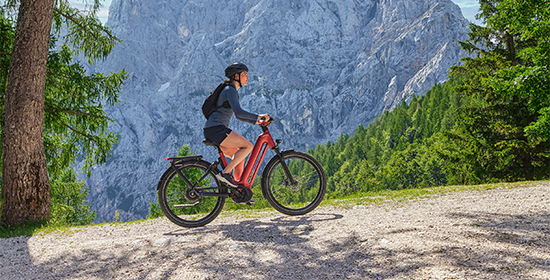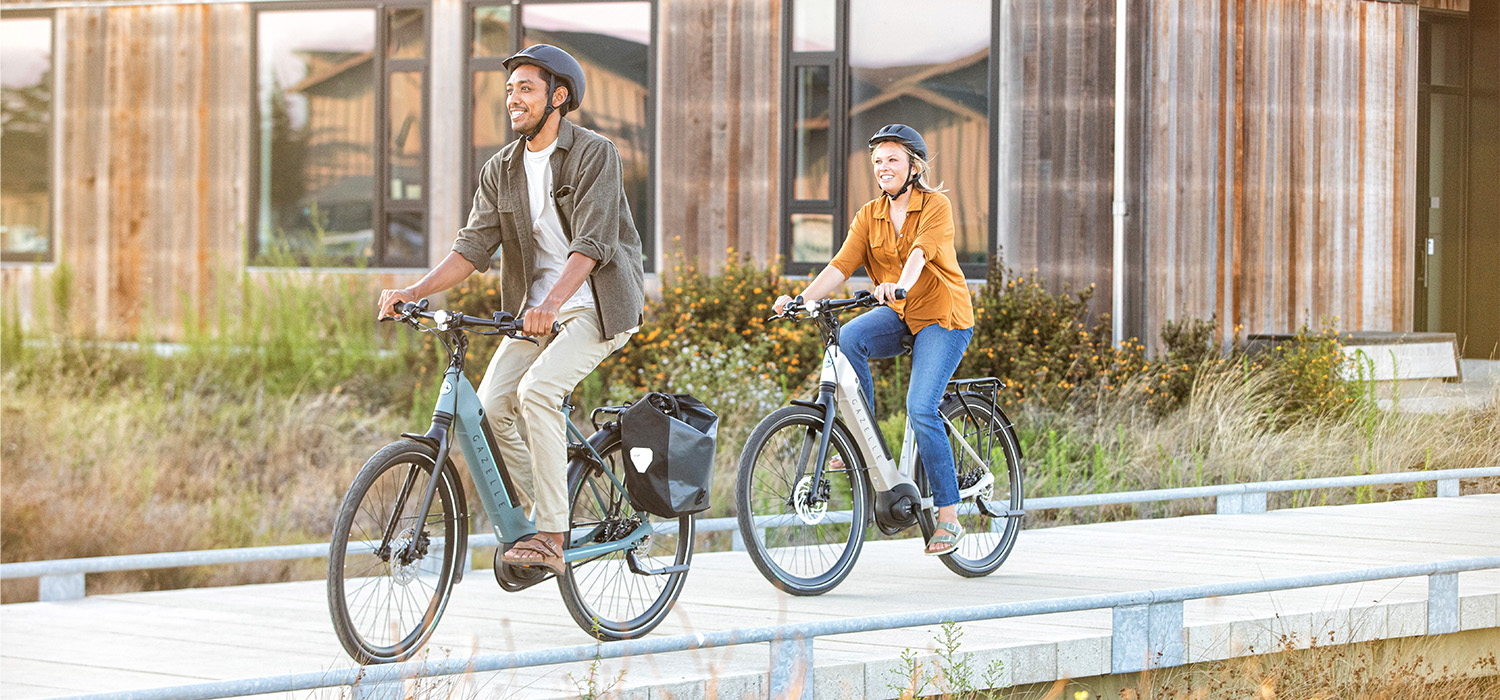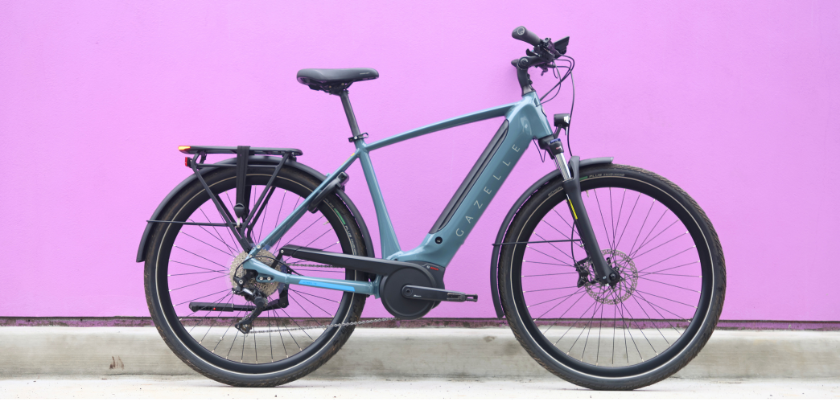Cycling delivers on Global Goals
Goal 1: No poverty
Cycling is an affordable and simple mode of transport enabling access to education, jobs, markets, and community activities in both urban and rural areas
Goal 2: Zero hunger
Cycling can provide secure, better, and equal access to food markets and communities, increasing nutrition options and ensure sustainable transportation of food products.

Goal 3: Good health and well-being
Cycling generates healthy and non-air-polluting lifestyles. Air quality and road safety improves when motorised transport is replaced by cycling. The physical activity of cycling reduces heart diseases and other negative impacts on sedentary lifestyles.
Goal 5: Gender equality
Cycling provides access for women and girls to water, schools, markets, and jobs that are otherwise inaccessible through available transportation means or walking.
Goal 7: Affordable and clean energy
Cycling improves the energy efficient of transport systems as it uses renewable human power in the most efficient way to move people and goods. Good conditions for cycling gives individuals access to an energy efficient and affordable transport mode.
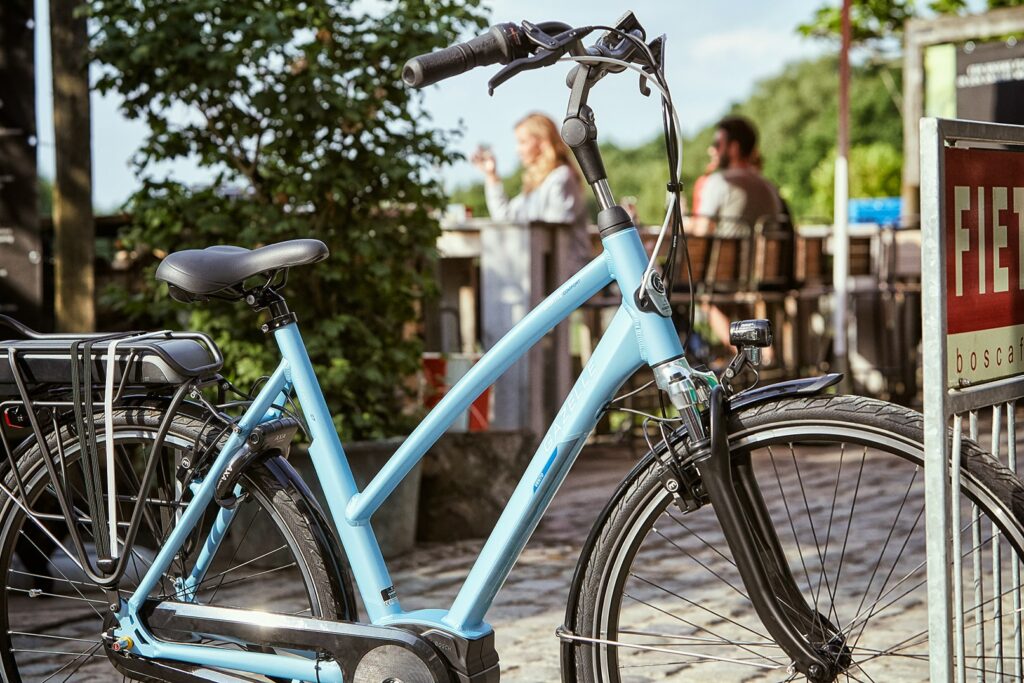

Goal 8: Decent work and economic growth
The cycling sector creates more jobs for the same turnover than any other transport sector.
Goal 9: Industry innovation and infrastructure
Cycling enables people to switch from the use of (individual) motorised transport to a combination of active mobility and public transport. This makes it easier for governments to build resilient and sustainable infrastructure and transport systems.
Goal 11: Sustainable cities and communities
Increased cycling makes cities and human settlements more inclusive, safe, resilient, and sustainable as is affordable, safe, non-polluting, healthy, and promotes a sustainable economy.
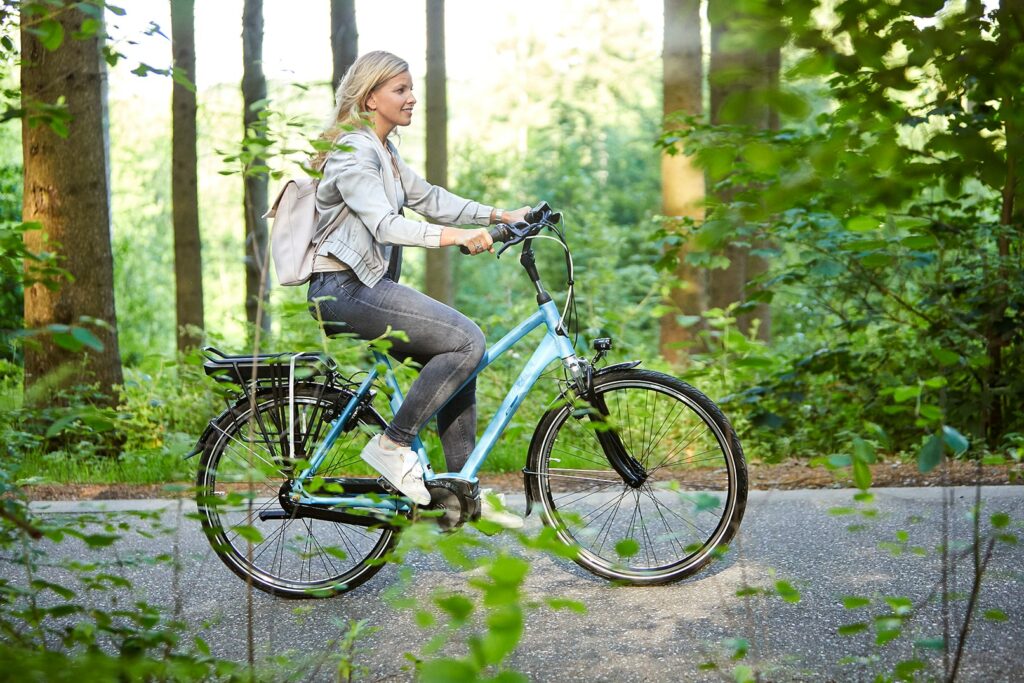
Goal 12: Responsible consumption and production
The transportation of people and goods by bicycle offers the opportunity to move around in a sustainable way. In many urban areas, 50% of all goods deliveries can be done by bicycle.
Goal 13: Climate action
The bicycle is a symbol for decarbonising transport and societies. Governments at all levels can take action by integrating cycling into their climate action policies, strategies, education and awareness-training.
Goal 17: Partnerships for the goals
The cycling movement, civil society organisations and experts working on the promotion of cycling worldwide are supporting the global partnership for sustainable development.
If you want to know more about the Global Goals and the way cycling can deliver on these, please read this publication of the European Cyclists’ Federation.

